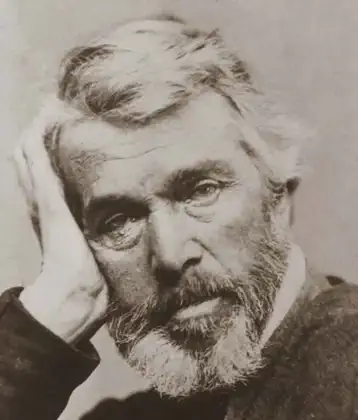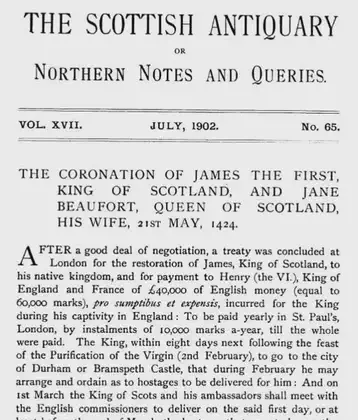On December 04, 1214 in Celtic History
King william i ( lion). died at stirling
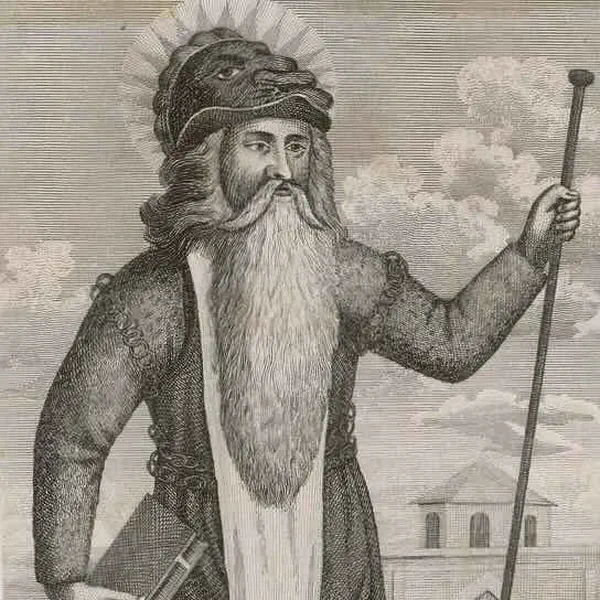
William the Lion, sometimes styled William I and also known by the nickname Garbh, ’the Rough’,(c. 1142 – 4 December 1214), reigned as King of Scots from 1165 to 1214. His 48-year-long reign was the second longest in Scottish history, and the longest for a Scottish monarch before the Union of the Crowns in 1603.
Birth
William was born around 1142, during the reign of his grandfather King David I of Scotland.
His parents were the king’s son Henry and Ada de Warenne. William was around 10 years old when his father died in 1152, making his elder brother Malcolm the heir apparent to their grandfather.
Earldom of Northumbria
From his father, William inherited the Earldom of Northumbria. David I died the next year, and William became heir presumptive to the new king, Malcolm IV.
In 1157, William lost the Earldom of Northumbria to Henry II of England.
Reign
Malcolm IV did not live for long, and upon his death on 9 December 1165 at age 24, William ascended the throne.
Crowned December 24, 1165
The new monarch was crowned on 24 December 1165. In contrast to his deeply religious, frail brother, William was powerfully built, redheaded, and headstrong.
He was an effective monarch whose reign was marred by his ill-fated attempts to regain control of his paternal inheritance of Northumbria from the Anglo-Normans.
Tension Between Scotland and England
Despite the Scots regaining their independence, Anglo-Scottish relations remained tense during the first decade of the 13th century.
In August 1209 King John decided to flex the English muscles by marching a large army to Norham (near Berwick), in order to exploit the flagging leadership of the ageing Scottish monarch.
As well as promising a large sum of money, the ailing William agreed to his elder daughters marrying English nobles and, when the treaty was renewed in 1212, John apparently gained the hand of William’s only surviving legitimate son, and heir, Alexander, for his eldest daughter Joan.
Achievements
Despite continued dependence on English goodwill, William’s reign showed much achievement.
He threw himself into government with energy and diligently followed the lines laid down by his grandfather, David I.
- Anglo-French settlements and feudalization were extended
- New burghs founded
- Criminal law clarified
- The responsibilities of justices and sheriffs widened
- Trade grew.
Traditionally, William is credited with founding Arbroath Abbey, the site of the later Declaration of Arbroath.
The Bishopric of Argyll was established (c. 1192) in the same year as papal confirmation of the Scottish church by Pope Celestine III.
Death
William died of natural causes in Stirling in 1214 and lies buried in Arbroath Abbey. His son, Alexander II, succeeded him as king, reigning from 1214 to 1249.
The Lion
William was not known as “the Lion” during his own lifetime, and the title did not relate to his tenacious character or his military prowess. It was attached to him because of his flag or standard, a red lion rampant with a forked tail (queue fourchée) on a yellow background. This (with the substitution of a ‘double tressure fleury counter-fleury’ border instead of an orle) went on to become the Royal Banner of Scotland, still used today but quartered with those of England and of Ireland. It became attached to him because the chronicler John of Fordun called him the “Lion of Justice”.
More From This Day


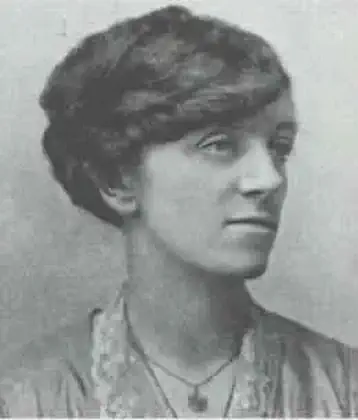
Winifred Carney, trade unionist and revolutionary, is born in Bangor, Co. Down
December 04, 1887
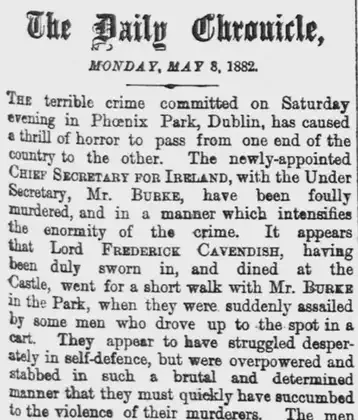
Special inquiry into the Phoenix Park murders, in which Parnell is falsely implicated
December 04, 1882
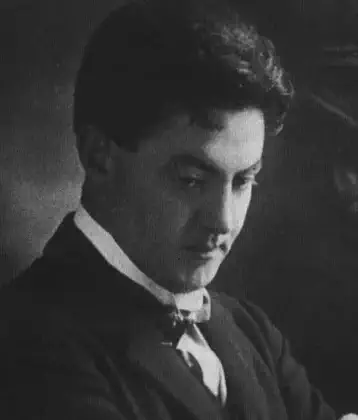
Sir Hamilton Harty, musician and composer, is born in Hillsborough, Co. Down
December 04, 1879
